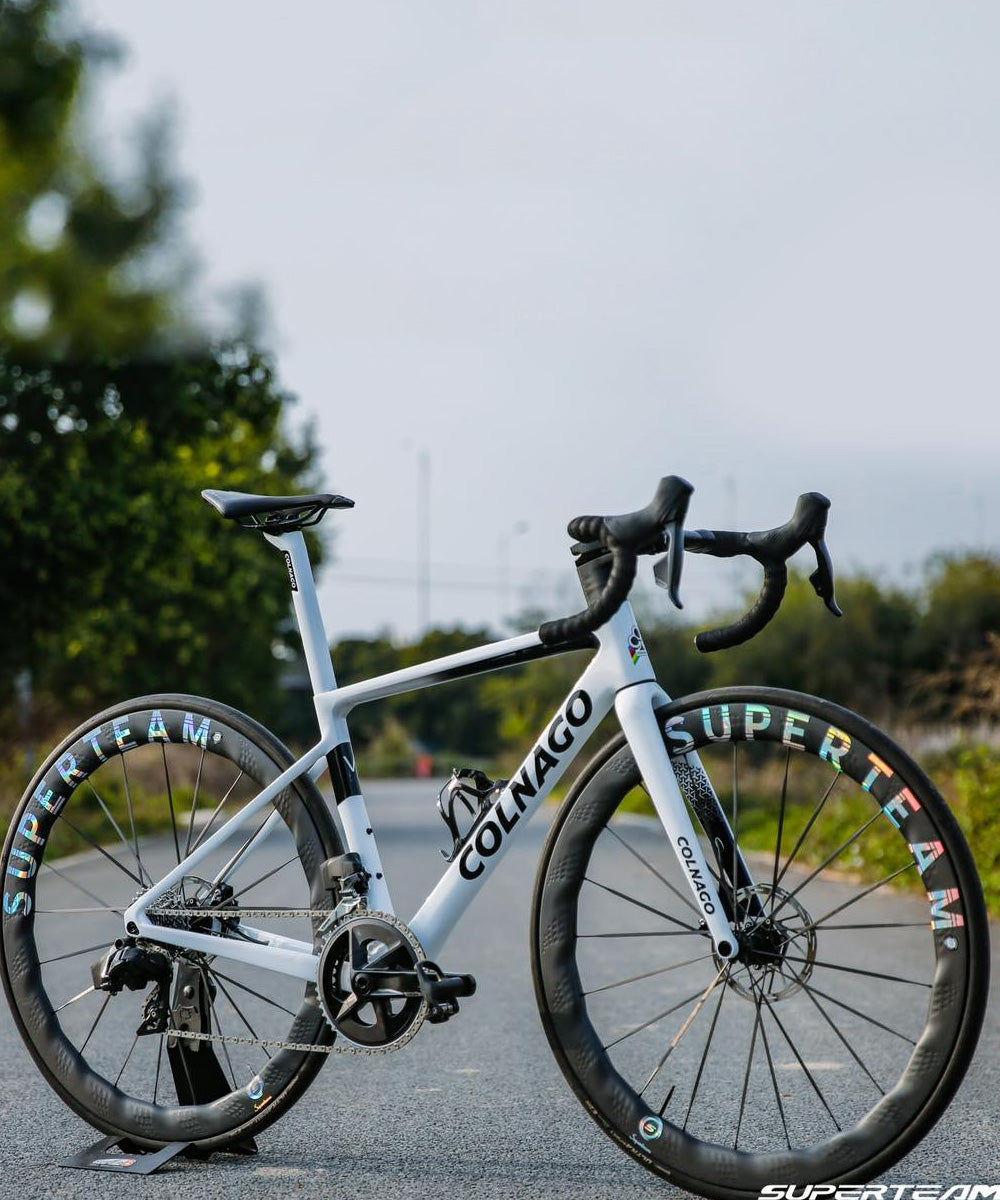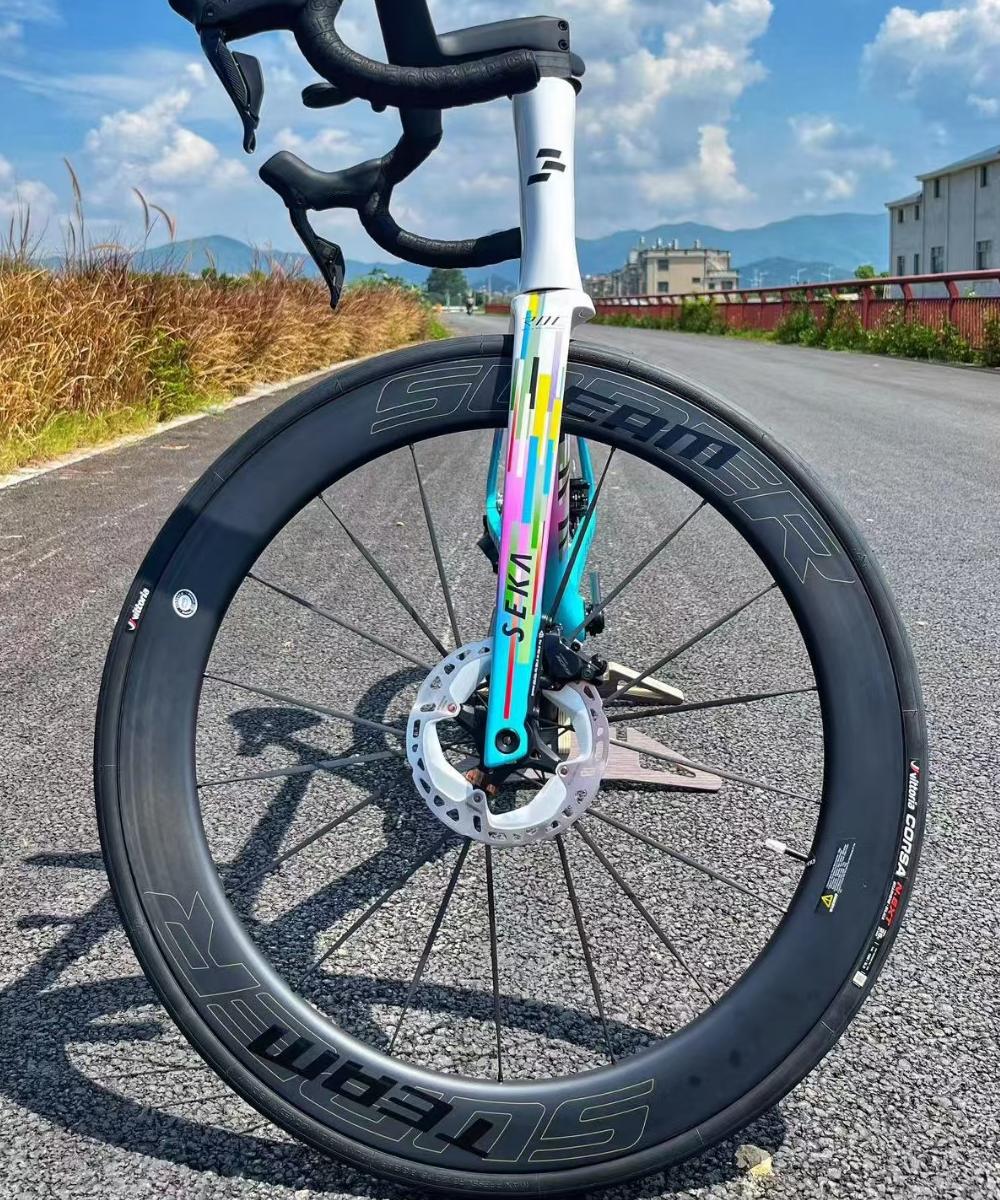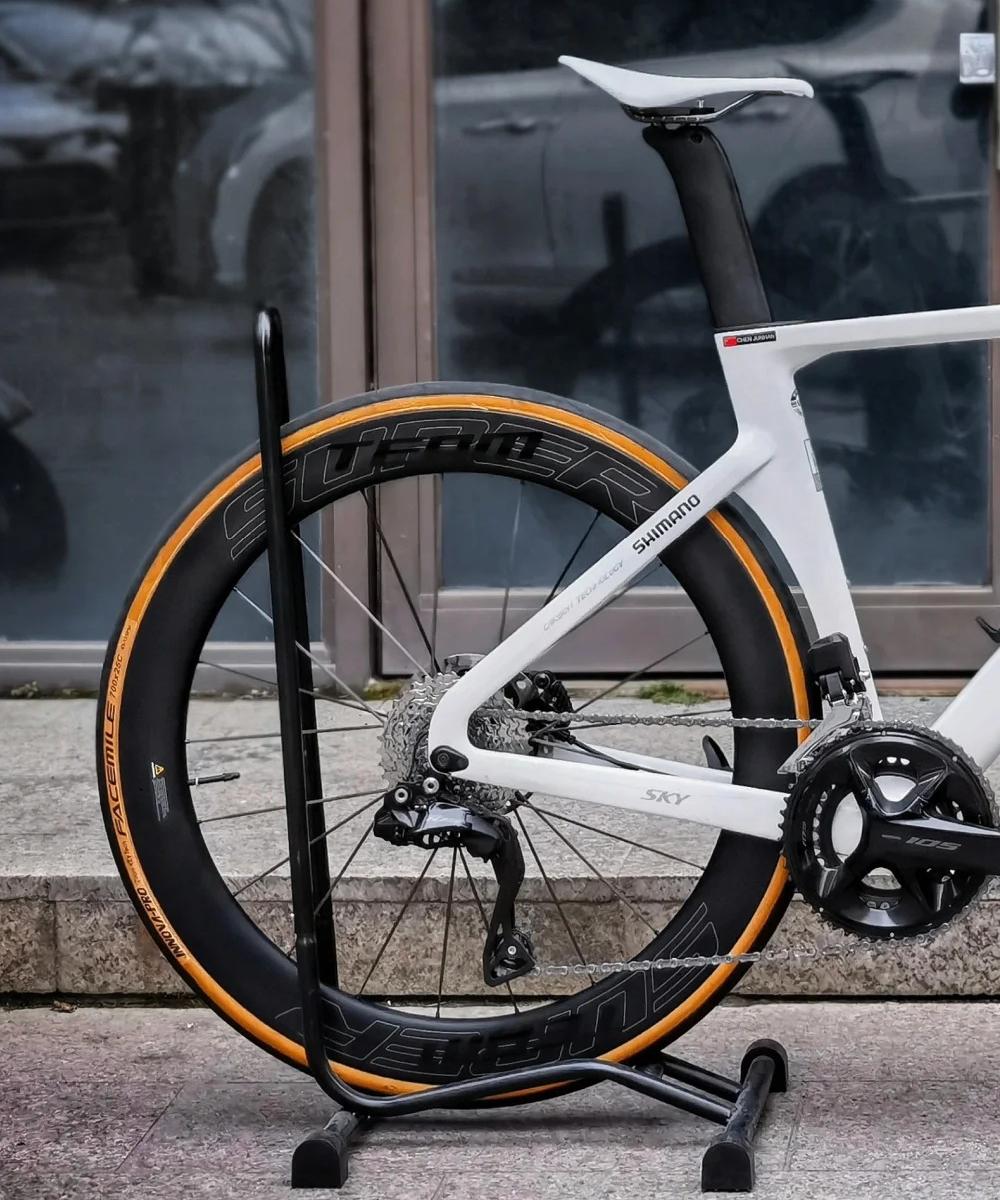Can Wheel Decals Affect Aerodynamics? Marketing vs. Science
When it comes to cycling, every little detail that can improve performance often sparks debate — including wheel decals. Many brands use sleek, bold graphics on their rims to catch eyes and boost brand identity. But beyond aesthetics, some riders wonder: can these decals actually impact aerodynamics? Is it just marketing hype, or is there a scientific basis behind this?
In this article, we’ll explore whether wheel decals influence aerodynamics, separating marketing claims from real-world science.
What Are Wheel Decals?
Wheel decals are vinyl or adhesive graphics applied to the surface of bicycle rims. They often feature brand logos, model names, or decorative patterns. Decals add personality to wheels and make bikes stand out, but their surface characteristics differ from plain carbon or painted rims.
The Marketing Perspective
Brands frequently highlight their wheel decals as part of an “aero package,” suggesting that the texture or design can improve airflow or reduce drag. Some marketing materials imply that special finishes or decals contribute to marginal speed gains by smoothing airflow or controlling turbulence.
At first glance, this can make sense—after all, aerodynamic optimization often involves subtle surface tweaks like dimples or coatings. So, could decals be the next innovation?
What Does the Science Say?
1. Surface Texture and Drag
Aerodynamics is largely influenced by the shape and surface roughness of the wheel rim. A smooth, uninterrupted surface helps air flow cleanly, reducing drag.
Decals introduce a very thin layer of vinyl, generally less than a millimeter thick. However, this layer can alter surface texture slightly, depending on decal quality and application. Imperfect edges, wrinkles, or bubbles can disrupt airflow locally.
2. Size and Coverage Matter
If the decals cover only a small portion of the rim, their effect on overall aerodynamics is minimal. But if large sections of the rim are covered with uneven or poorly applied decals, minor airflow disturbances could accumulate.
3. Wind Tunnel and CFD Testing
To date, very few publicly available wind tunnel or computational fluid dynamics (CFD) studies focus specifically on the impact of decals on wheel aerodynamics. Most aerodynamic gains come from rim shape, depth, and spoke profile rather than surface graphics.
High-end aero wheel manufacturers invest heavily in rim shaping and finish quality, focusing on smooth paint or resin layers rather than decals for aerodynamic benefit.
Practical Takeaways for Riders
For casual riders or most enthusiasts: The aerodynamic effect of wheel decals is negligible. Focus more on wheel shape, tire choice, and rim depth for real speed gains.
For racers chasing every fraction of a second: Ensure decals are applied flawlessly if used, or consider bare rims with a high-quality finish to avoid any potential surface disruptions.
Decals won’t cause significant drag but could cause localized turbulence if badly applied.
Aesthetic appeal is a valid reason to choose decals, but don’t expect them to turn a non-aero wheel into an aero weapon.
Conclusion: Marketing vs. Reality
While marketing campaigns might promote decals as an aerodynamic advantage, scientific evidence suggests their impact is minimal at best. Wheel aerodynamics depend far more on rim design, spoke shape, and surface smoothness than on thin vinyl decals.
Decals primarily serve cosmetic and branding purposes. For riders concerned about aerodynamics, it’s smarter to invest in wheel shape and quality finishing rather than relying on decals for performance gains.
In the end, decals add personality to your ride—just don’t expect them to shave off precious seconds on their own.




